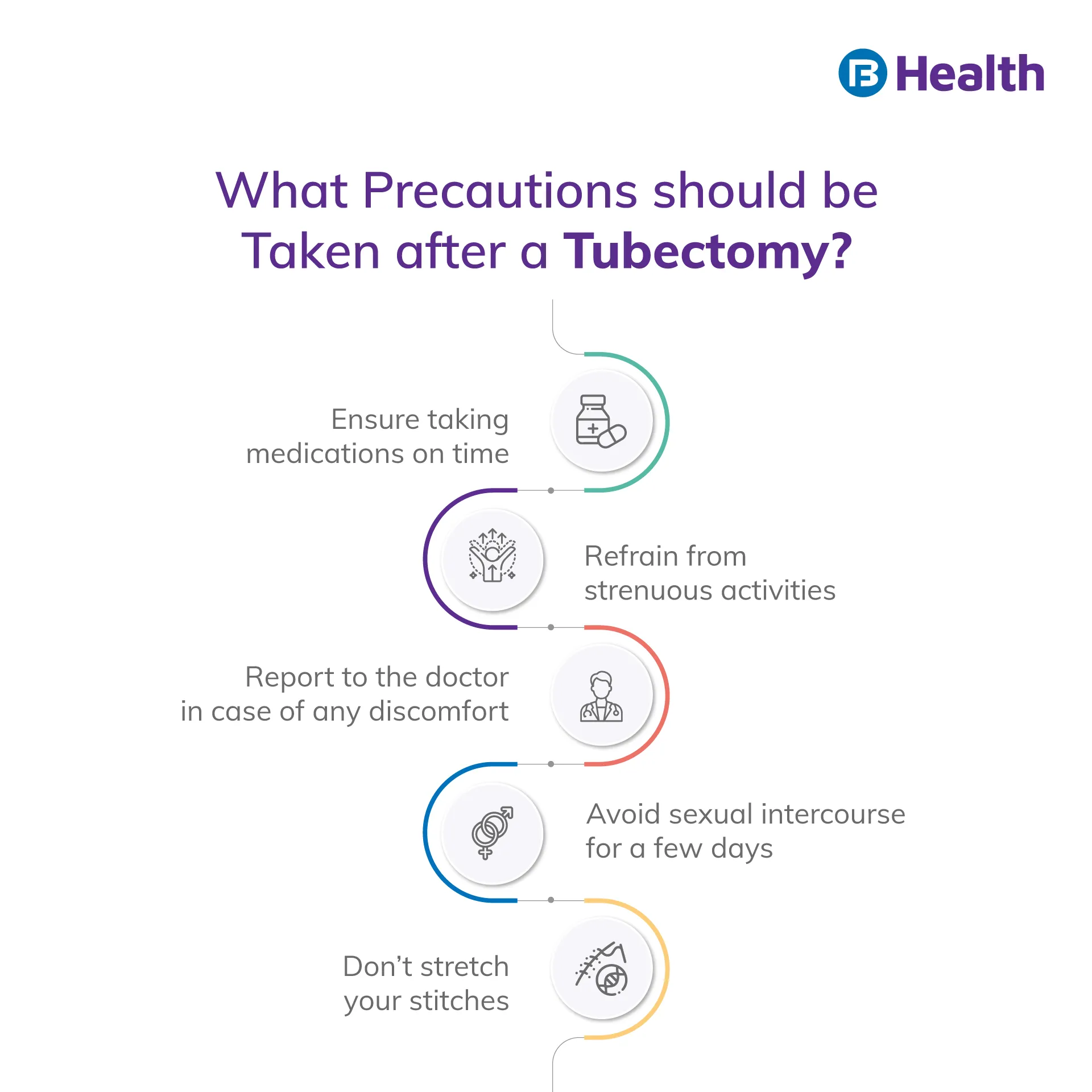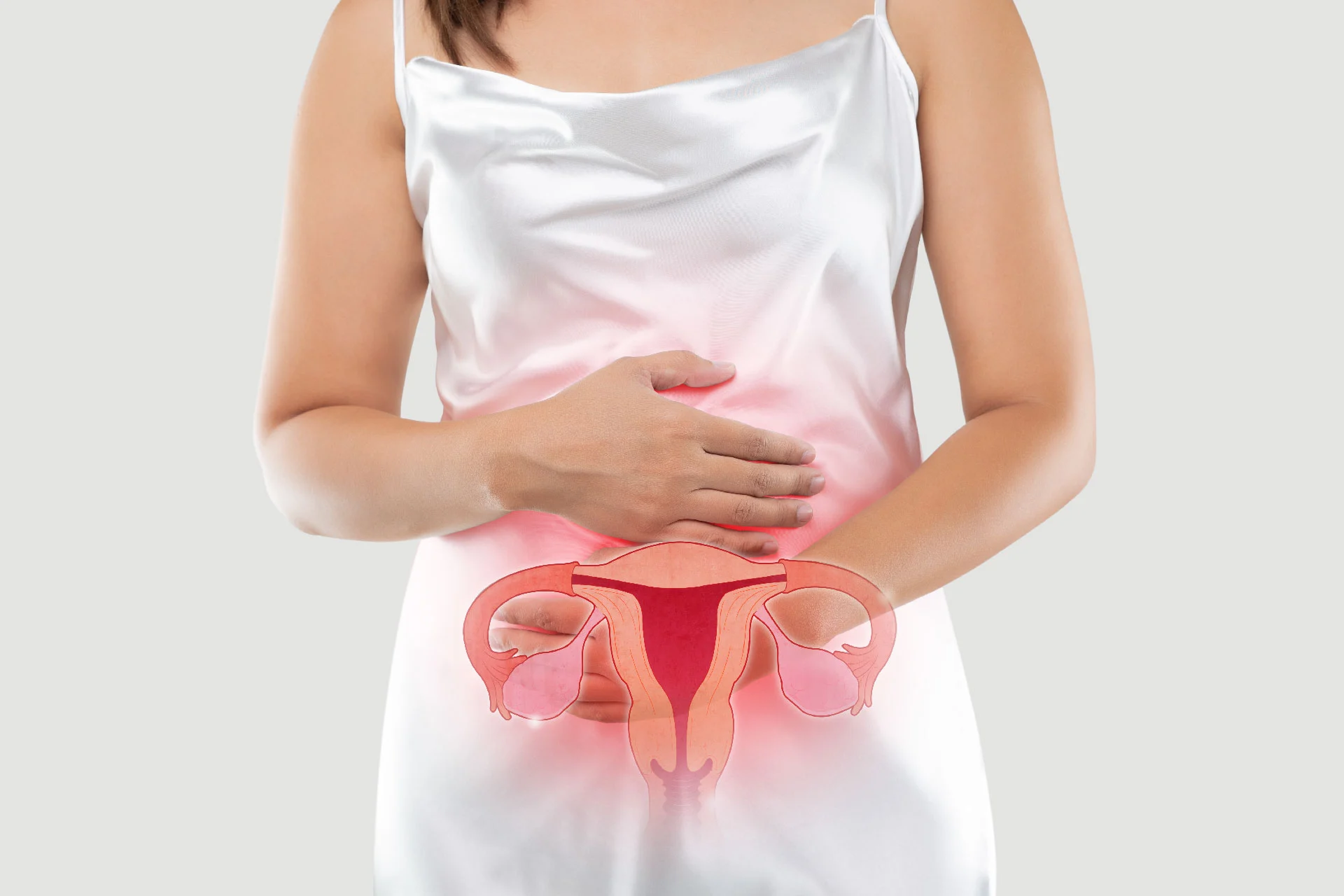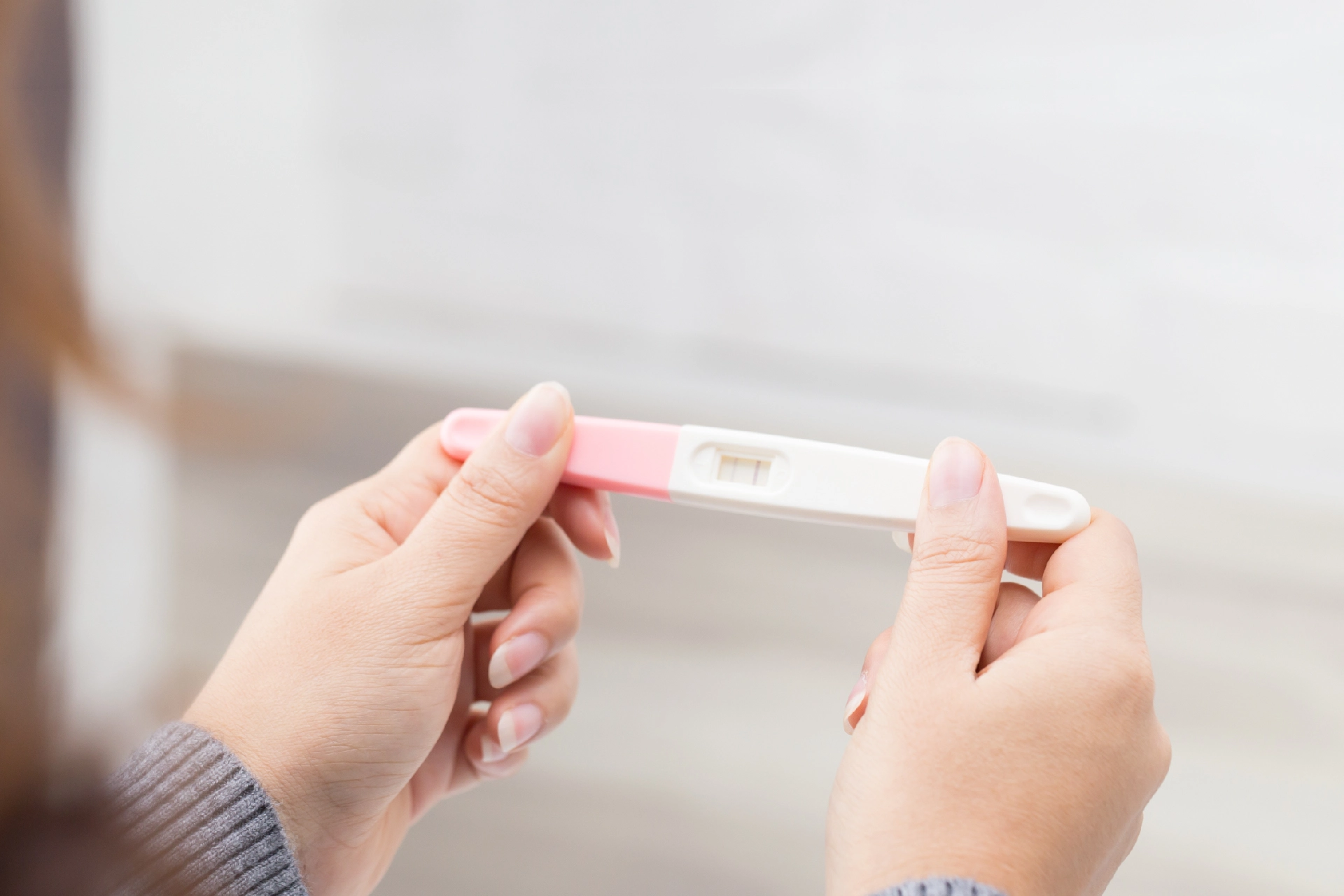Gynaecologist and Obstetrician | 7 min read
Confused if Tubectomy is Right for you? Know here!
Medically reviewed by
Table of Content
Synopsis
Tubectomy is a permanent surgical method of contraception for women. It blocks the female fallopian tube so that the egg from the ovary doesn’t reach the uterus.
Key Takeaways
- Women who wish to avoid pregnancy are most likely to go for a tubectomy
- This surgical procedure does not affect your menstrual cycle
- Women experience side effects such as allergy and bleeding after tubectomy
Tubectomy is suggested to those who are looking for a permanent solution to controlling pregnancy. It is irreversible and carries certain risks. Although, patients undergo medical tests before to avoid complications.
Different types of tubectomy treatment are recommended as per the patient’s physical examination and medical history. The patient may expect cuts and stitches as a part of the surgery. However, you will be informed of all the details before to be sure of your decision. Women are not much aware of the procedure and its risk factor. Here you can seek all the information and make the right choice for your health.
What is Tubectomy?
In general tubectomy means, surgical excision of a fallopian tube. The fallopian tube functions as a passageway for the egg and sperm to meet and for a fertilized embryo(egg) to be transported to the uterus. The surgery aims to block the fallopian tube to prevent the eggs from reaching the uterus for implantation. Around 10 cm long tubes are attached to either side of the uterus. At the time of surgery, the tube is sliced open, tied, or clipped at a particular point. Here are a few things to consider for those who are willing to get a tubectomy.Important Factors to Consider
Factors to consider for those who wish for permanent sterilization are as follows:
- Reason for wanting permanent sterilization
- The side effect and risks associated with the procedure
- Ready for tubal ligation
- Check for alternative contraceptive methods if needed

Types of Tubectomy
There are quite a few types of tubectomy treatment, such as:
Bipolar Coagulation
In this method, an electric current is used to sear parts of the fallopian tube.
Monopolar Coagulation: Similar to bipolar coagulation, electric current is used for tubal ligation. It also radiates current to damage the tube further.
Tubal Clip
The fallopian tubes are blocked by clipping them together. The tubal clips restrict the movement of eggs from the ovary to the uterus.
Tubal Ring
In this procedure, a small silastic band is placed around the loop of the fallopian tube.
Fimbriectomy
It is performed by removing a section of the fallopian tube, fimbrial and infundibular next to the ovary. As a result, the capability of capturing eggs and transferring them to the uterus is reduced.
Tubectomy vs Vasectomy
Let us first discuss the difference between vasectomy and tubectomy to understand it better.
Vasectomy
- Surgery to sterilize men by blocking sperm getting to semen when you ejaculate
- It is a simple, safe, and reversible process
- The risk associated with this treatment is less
- Low risk of side effects such as infection, bleeding
- It takes 15 to 20 minutes and carries a 99% success rate
Tubectomy
- Surgery to sterilize women by clipping the fallopian tube to prevent eggs from reaching the uterus
- Relatively complex and irreversible process
- The risk factor is more
- Higher risk of infection, bleeding, and damage to other organs
- It takes 30 to 40 minutes and has a nearly 100% success rate
It is evident from these points that vasectomy is relatively simple and safe in comparison to tubectomy. You can expect tiny cuts near your belly and stitches in tubectomy, whereas vasectomy doesn’t include any cuts or stitches. But if you do, it will dissolve on its own.
Tubectomy Surgery
The procedure begins by giving anaesthesia to the patient. Next, a few cuts are made on the patient’s belly button. After that, a small device laparoscope that looks similar to a telescope is inserted through one of the cuts. At the tip of this device, an image-transmitting camera is present that transmits the images to the screen and allows the visibility of internal organs to the surgeon. The laparoscope is attached to a flexible tube inserted through tiny cuts that help to seal the fallopian tube by cutting parts or blocking them using clips. After this procedure, the skin is stitched back.
Tubectomy can be performed soon after delivery, no matter whether it is normal or cesarean. Women usually fear whether they will be able to resume their normal life. Although, most women get back to their normal routine within a few weeks. It is advised not to exercise for some time.
Eligibility for Tubectomy Treatment
All women looking for a permanent solution to controlling pregnancy are eligible for tubectomy. However, there are a few things that help to determine when and how to perform female sterilization. They are as follows:
- Have you ever had a female problem such as infection or cancer?
- Are you suffering from other health issues like heart problems, diabetes, or high blood pressure?
- Are you suffering from any long-term diseases?
The answers to these questions help healthcare professionals to prepare accordingly. Before treatment, careful yet focused clinical assessment is required to avoid further medical complications. However, it is not a safe option for those suffering from lung problems or heart issues. In this scenario, doctors most likely recommend alternative treatment.

Side Effects of Tubectomy
The health risk is recorded in less than 1 out of 1000 women [1]. Still, certain complications exist. Therefore, it is better to discuss with the doctor the risks and benefits of tubectomy. Here are a few potential side effects that may occur:
- In some cases, the surgical instrument may cause injuries that may lead to bleeding
- The cut may get infected if not taken care of properly
- Allergic reactions may occur if the person is allergic to anaesthesia or other drugs administered during surgery
- Damage to internal organs
- The incomplete closing of the fallopian tube may result in pregnancy
- The chances of ectopic pregnancy remain. It is the fertilization outside the uterus. The fertilization of eggs and sperm outside the uterus cannot survive. Hence, if not diagnosed early, it may damage organs and put your life in danger
This condition may enhance the risks of:
- Diabetes
- Obesity
- Pelvic inflammatory disease
- Lung disease
Many are afraid of developing cancer, such as endometrial cancer. Although, the cancer risk associated with tubectomy is significantly low. Thus, do not hesitate to ask about your concerns before the treatment.
Additional read: Endometrial Cancer
Procedure For Tubectomy
Tubectomy is a surgical procedure involving cutting the fallopian tube and tying it together to resist the egg transportation to the uterus. The surgeon will make a tiny cut in the abdominal area and introduce a telescope (laparoscope). The tip of the laparoscope has a small camera that transmits images to a monitor that helps the surgeon to get details of internal organs. With the help of specialized equipment, the surgeon seals the fallopian tube by cutting or clipping them.
Recovery From Tubectomy
The condition and medical history of the patient play a vital role in recovery. Patients usually take a few weeks to recover after a tubectomy. If the patients follow precautions correctly, there are high chances of getting back to regular life soon after the operation. Here are a few symptoms that one may expect after surgery:
- Dizziness and tiredness
- Fatigue
- Experiencing pain and cramps in the abdominal area
- The patient may experience pain and nausea in the first four to eight hours
The patient may get a discharge on the same day. Stitches are most likely to get removed within a week or ten days. It is important to see the surgeon for follow-up as per suggested.
Care to Be Taken After Tubectomy
Here are a few pieces of advice that the surgeon usually recommends:
- Medication should be taken properly as per the doctor’s prescription
- Do not miss or leave the course of antibiotics without seeking the doctor’s guidance
- It is better to skip intense workouts for a week
- If you are experiencing high fever (38 °C or 100.4°F), bleeding, or abdominal pain, meet your doctor without delay
- It is advised to refrain from sex for at least a week after tubectomy
- There is a misconception about tubectomy affecting your menstrual cycle. However, your period would not be affected. But, if you experience severe menstrual cramps, meet the doctor as soon as possible
- A delayed period and vaginal bleeding could be symptoms of ectopic pregnancy. It is better to consult a gynaecologist or test for pregnancy
Additional read: Does Cold Weather Make Menstrual Cramps Worse?
Tubectomy Cost
The cost of tubectomy may vary depending on region and hospital. In specialized hospitals, you can expect tubectomy to cost around Rs. 20,000 to 40,000 [2]. Medical tests are conducted before the operation since the surgery is irreversible.
Tubectomy is a big decision. Hence, it is important to go through your reason before deciding. If you are looking for counselling available near you, try the Bajaj Finserv Health App. You can seek the industry’s best expert advice through online doctor consultations. Do what you feel is best for your body!
References
- https://www.hopkinsmedicine.org/health/treatment-tests-and-therapies/tubal-ligation
- https://patient-help.com/2015/11/25/laparoscopic-tubectomy-in-bangalore-cost/
Disclaimer
Please note that this article is solely meant for informational purposes and Bajaj Finserv Health Limited (“BFHL”) does not shoulder any responsibility of the views/advice/information expressed/given by the writer/reviewer/originator. This article should not be considered as a substitute for any medical advice, diagnosis or treatment. Always consult with your trusted physician/qualified healthcare professional to evaluate your medical condition. The above article has been reviewed by a qualified doctor and BFHL is not responsible for any damages for any information or services provided by any third party.





